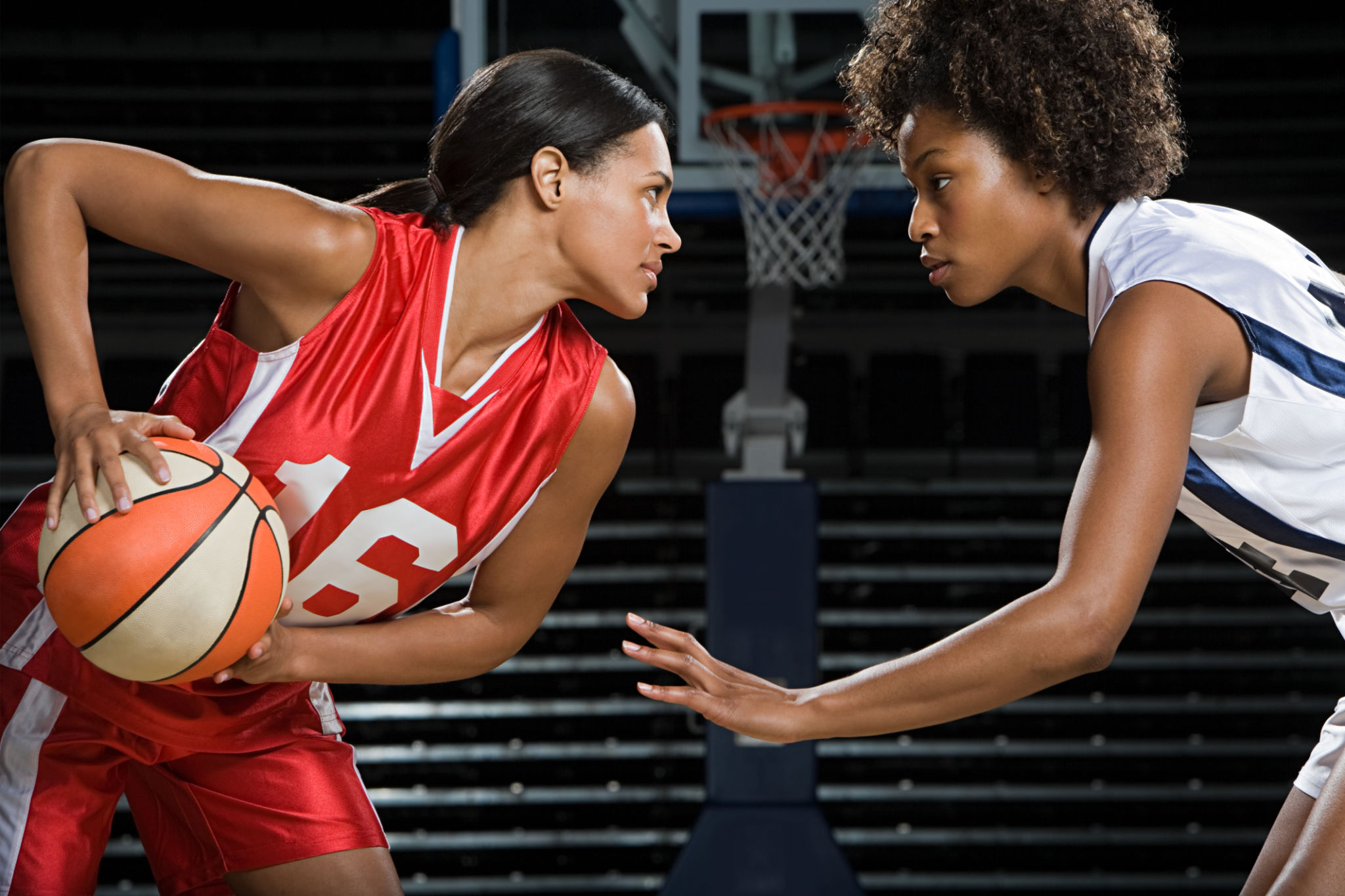The Ultimate Guide to DIY Photography for Beginners
Understanding Your Camera
Starting with DIY photography can be daunting, but understanding your camera is the first step. Whether you're using a DSLR, a mirrorless camera, or even a smartphone, getting familiar with its settings and features is crucial. Take time to explore the manual and try out different modes. Learn how to adjust the ISO, aperture, and shutter speed to better control the exposure in your images.
Each camera has its quirks, so practicing with yours can help you get the best results. Understanding these fundamentals will give you more creative control and improve your photography skills significantly.

Lighting Basics
Lighting is an essential aspect of photography that can dramatically affect the outcome of your images. Natural lighting is your best friend when starting out. Try shooting during the "golden hour," which is right after sunrise or just before sunset. This time provides a soft and warm light that's perfect for beginners.
For indoor photography, experiment with different light sources such as lamps or candles. Positioning your subject near a window can also provide excellent natural light. Remember, the way you use light can convey different moods and emotions in your photos.

Composition Techniques
Composition refers to how elements are arranged in a photo. By following simple rules like the rule of thirds, you can create more engaging and balanced images. Imagine breaking an image into thirds, both horizontally and vertically, and place the subject at one of the intersections for a more appealing composition.
Also, consider leading lines, which guide the viewer's eye through the image. This could be a road, a river, or even a fence line. Symmetry and patterns can also add interest to your photos by creating a sense of harmony and balance.

Editing Your Photos
Editing is an integral part of modern photography, allowing you to enhance and perfect your images. Start with basic adjustments like cropping, brightness, and contrast. Tools like Adobe Lightroom or free alternatives like GIMP can be used for more advanced editing.
Experiment with filters and effects to develop your style. However, be cautious not to over-edit your photos as it can make them look unnatural. Editing should enhance your image while maintaining its original essence.
Building Your Photography Kit
As you progress in your DIY photography journey, you might want to build your kit with additional gear. A tripod can help stabilize your shots and allow for long exposures. Consider investing in different lenses if you're using a DSLR or mirrorless camera, as they can significantly impact the quality and style of your photos.
Don't forget about portable external storage solutions to back up your photos regularly. A camera bag is also essential to keep your gear safe while on the go.

Practice Makes Perfect
Like any other skill, photography improves with practice. Challenge yourself by shooting in different environments and experimenting with various techniques. Join photography forums or local groups to share your work and get feedback from others.
Set personal projects or themes to keep yourself motivated. The more you practice, the more confident you will become in your abilities, and you'll start developing your unique style over time.